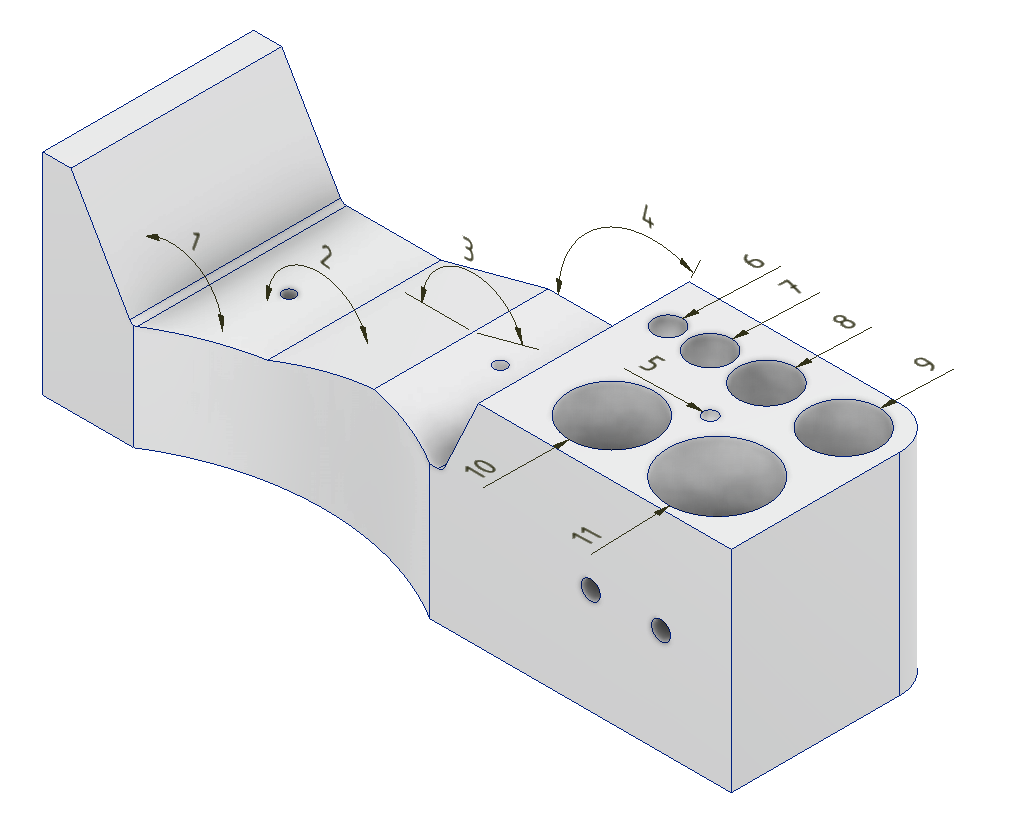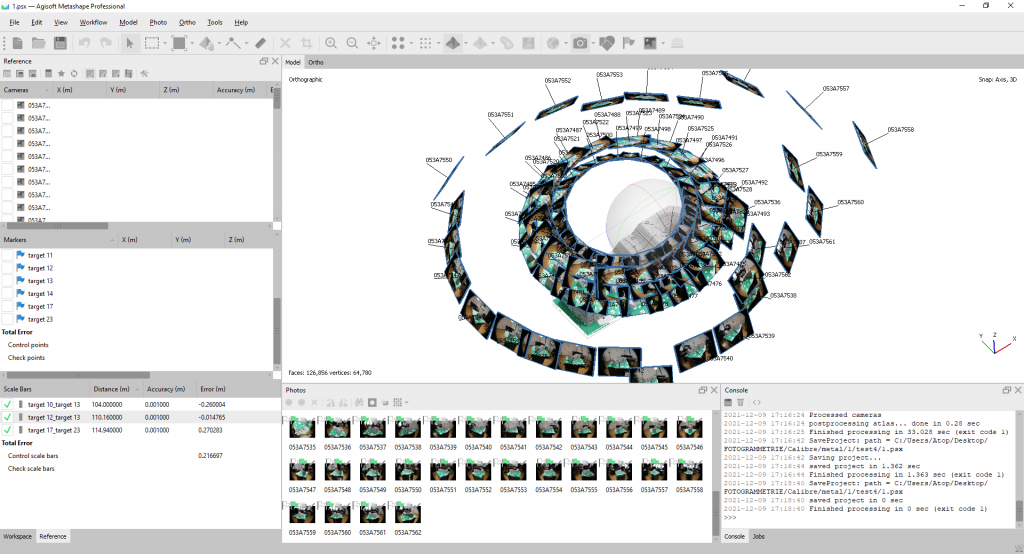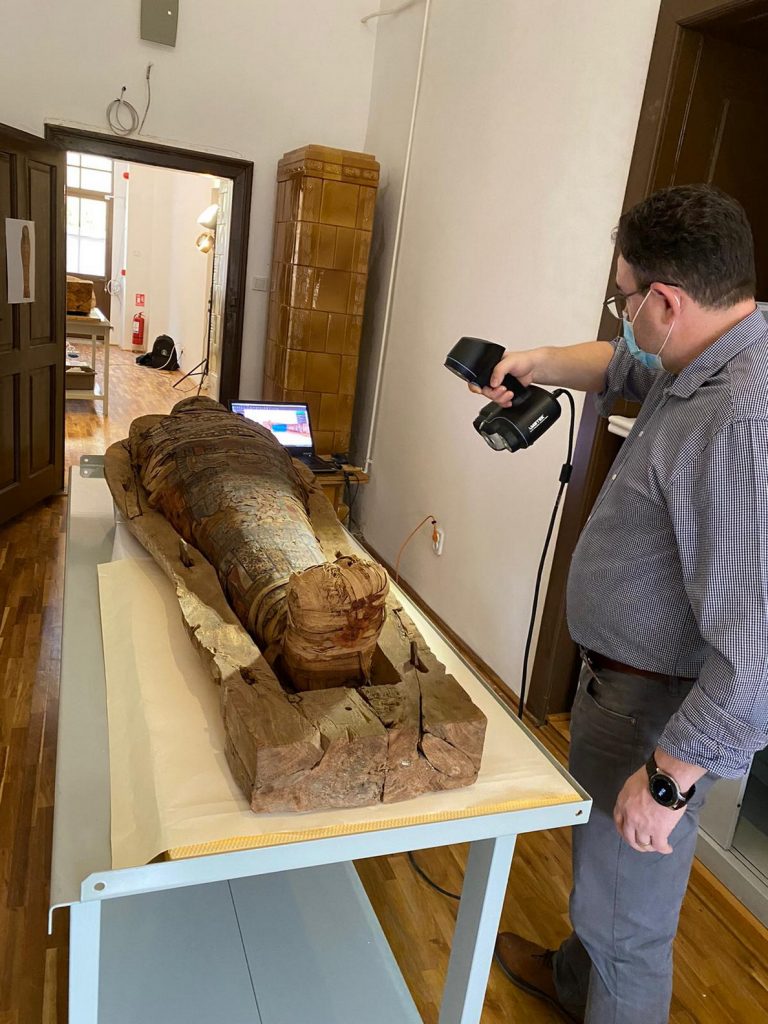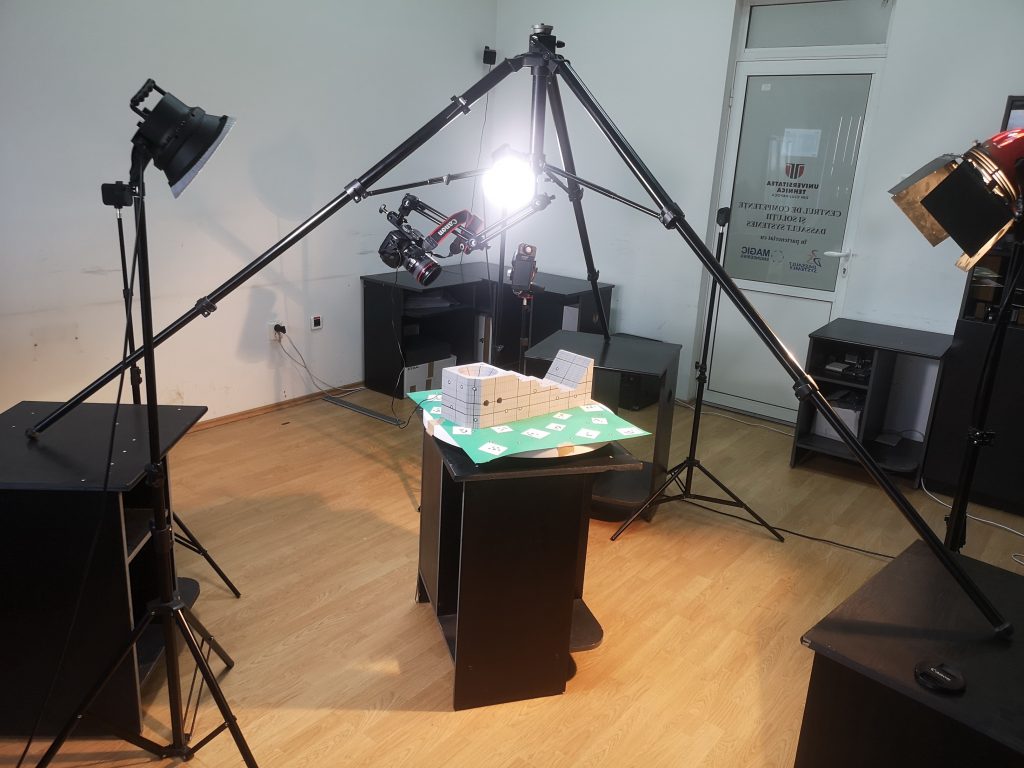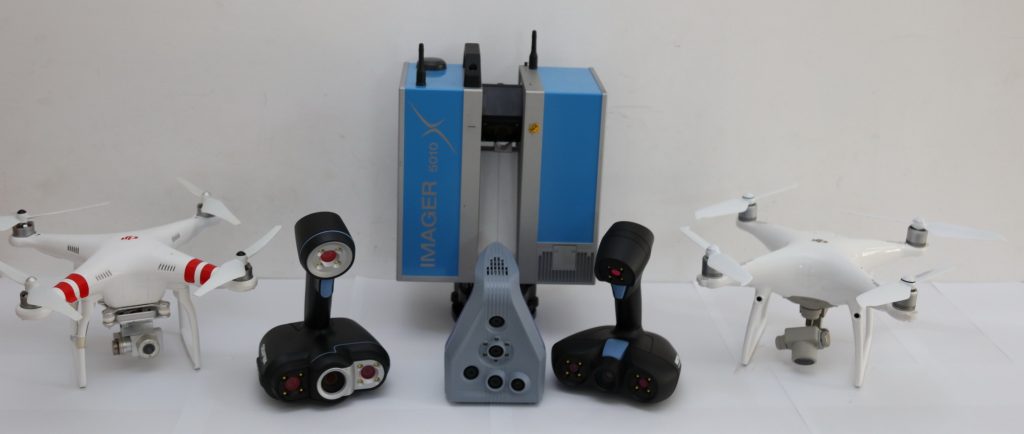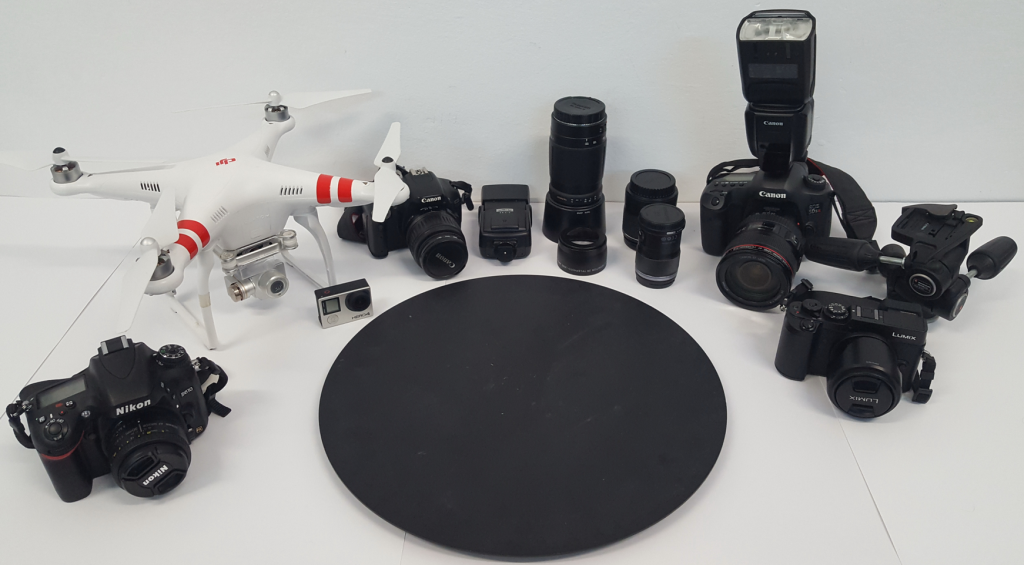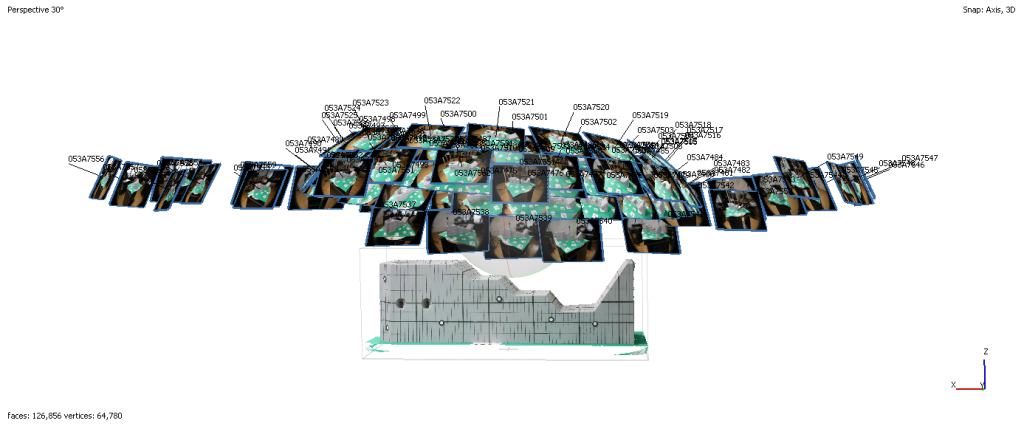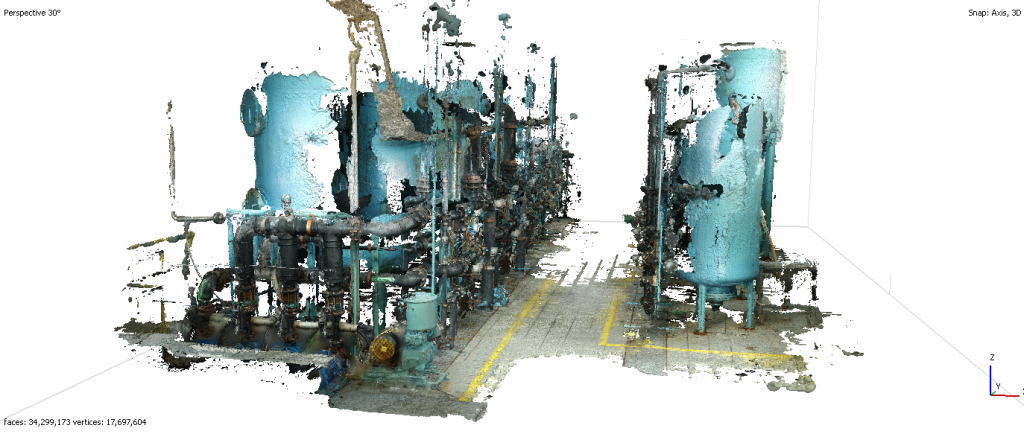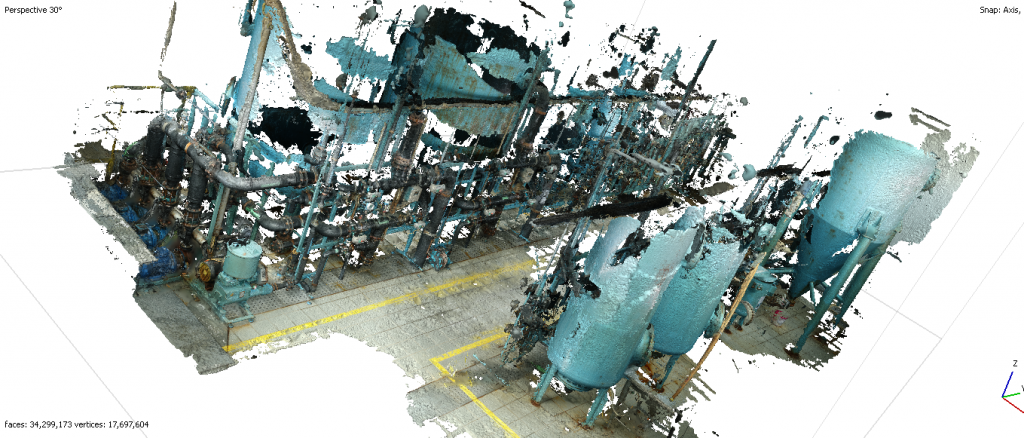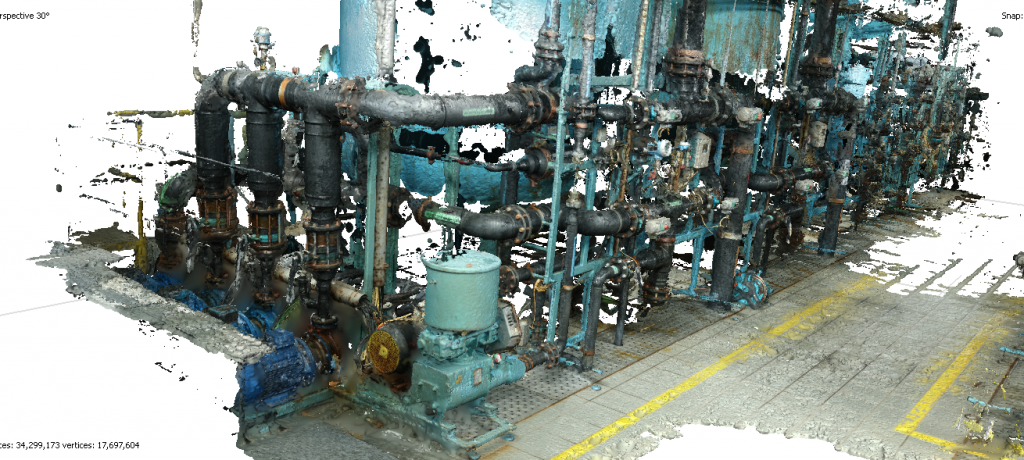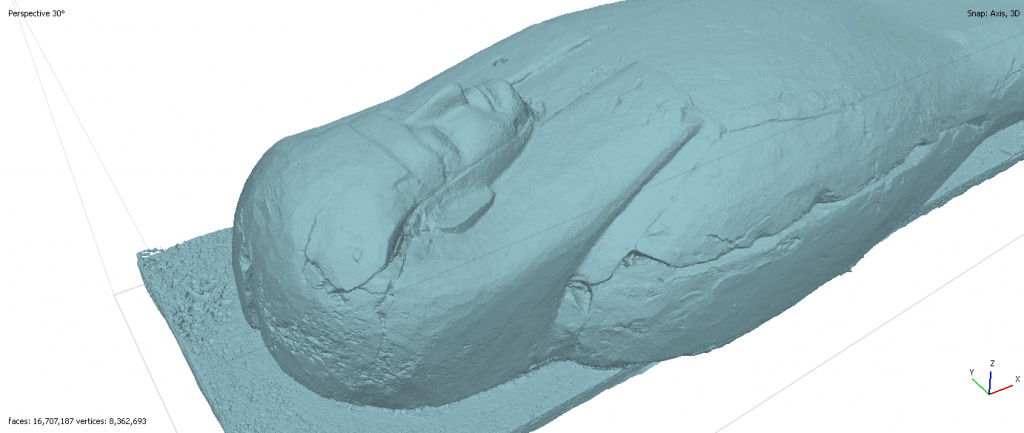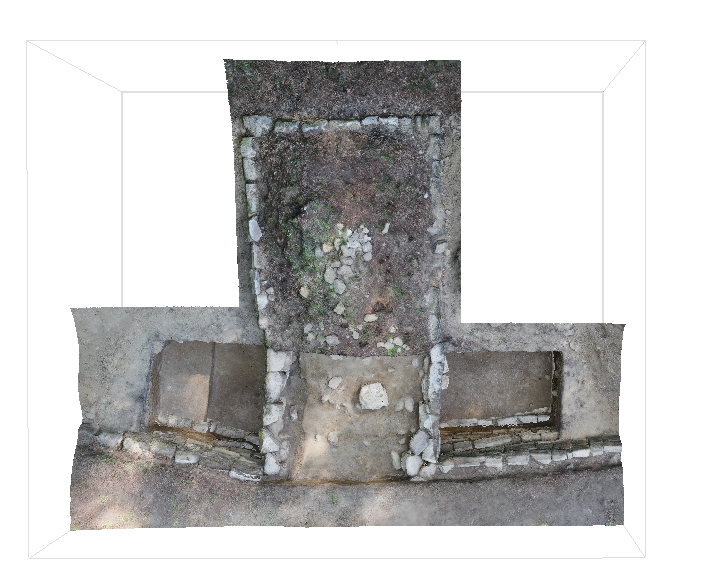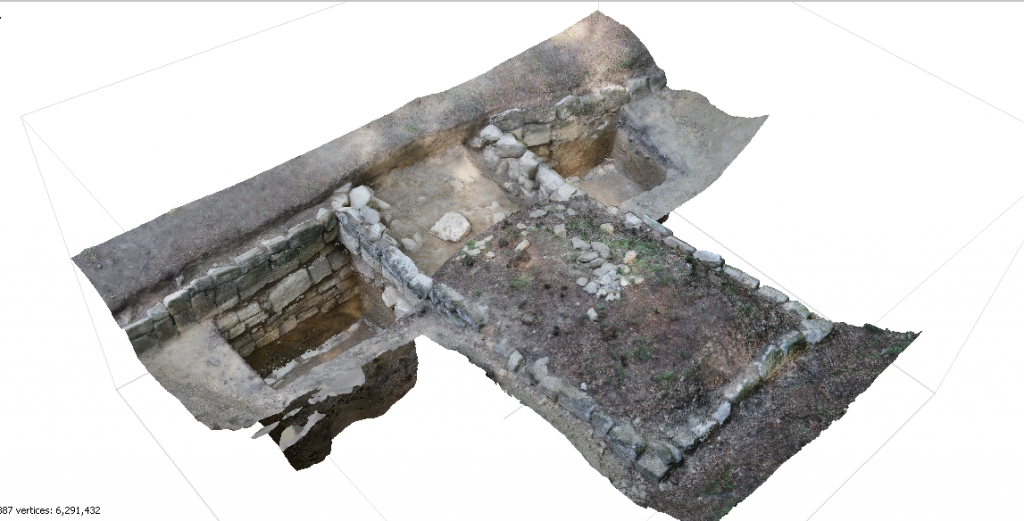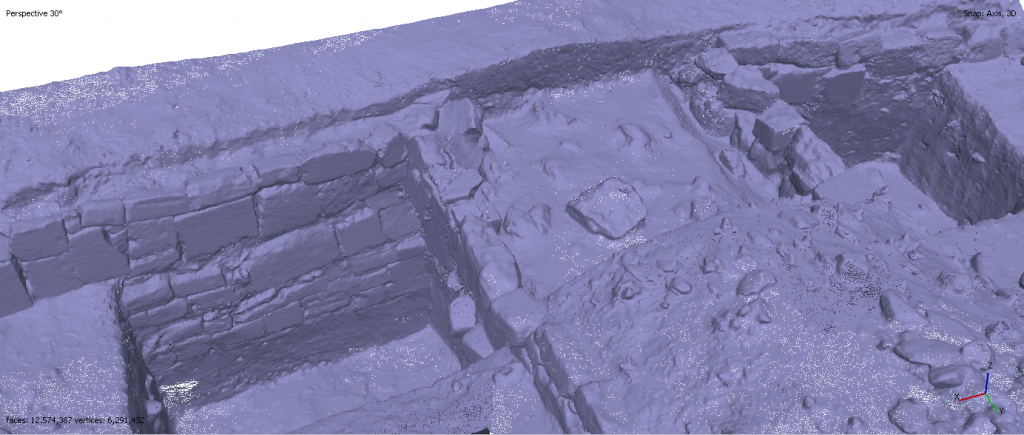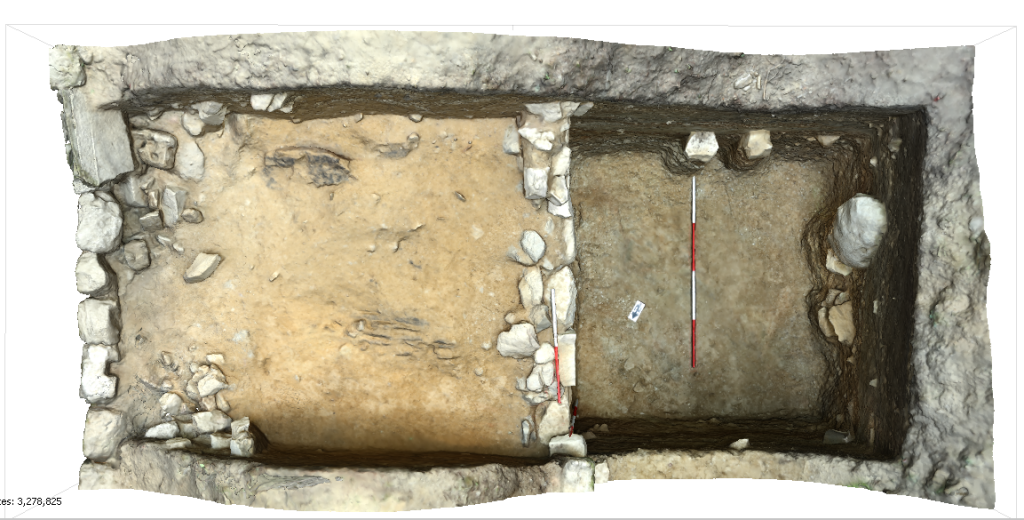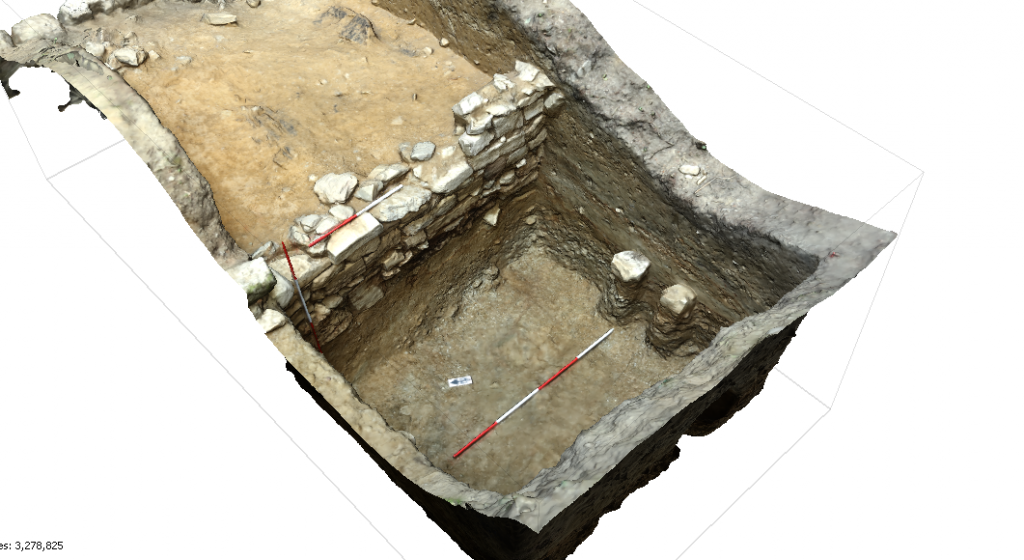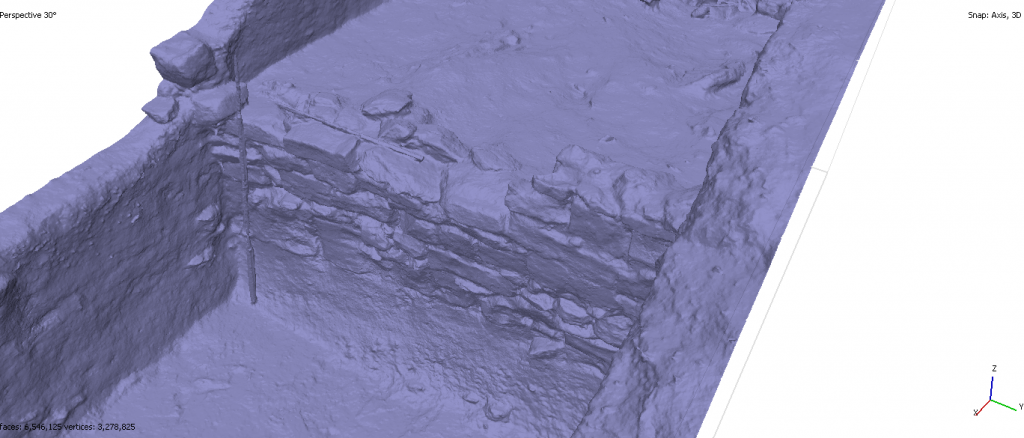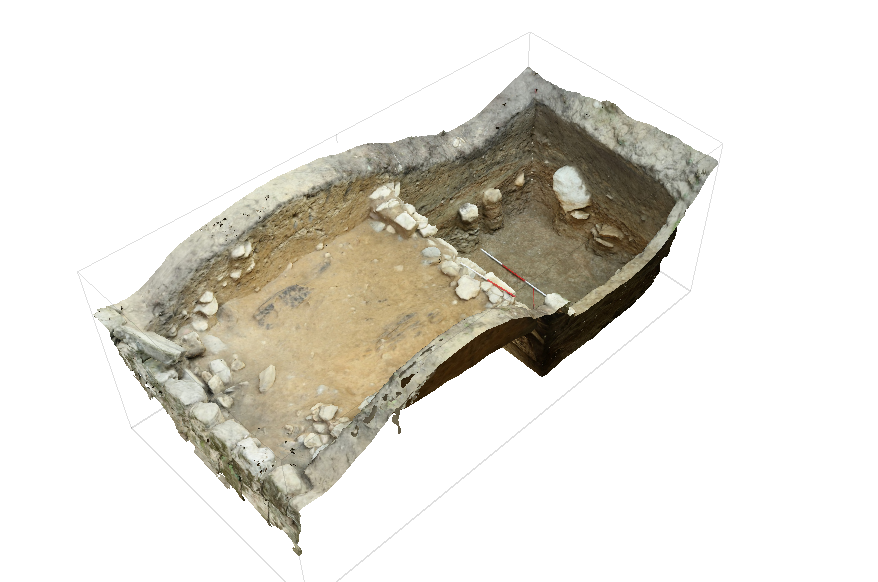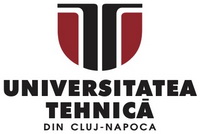Mass digitization of cultural heritage: between myth and reality. Evaluating the accuracy of 3D models generated using the photogrammetry method in the case of cultural heritage
Project funded by the competition PN-III-P1-1.1-TE-2019 Research projects for the stimulation of young independent teams in the field of Humanities.
The project is implemented at the Technical University of Cluj-Napoca by a team from the Department of Design Engineering and Robotics – 3D Scanning and Measurement Laboratory.
Today using an internet connection we can access millions of cultural artifacts in digital format without having constraints of space or time. Mass digitization is a phenomenon that offers thousands of new digitized cultural works daily that can be accessed and processed in a way that was not possible until the emergence of the Internet.
Complete digital recording of Cultural Heritage (CH) is a multi-dimensional process and depends highly on the nature of the subject of recording as well as the purpose of its recording and can be made with complex and expensive equipment up to photographs taken with phones or even smart watches. Today, almost all the elements that make up CH can be digitized, the most advanced form of digitization is the 3D one, which involves capturing a 3D element with color and shape. The most common methods of 3D digitization of CH are 3D scanning (including terrestrial) and photogrammetry, only the latter can be considered a tool of mass digitization. From the socio-economic and cultural point of view we can say that the cost of digitization using this method is significantly reduced compared to laser scanning or other methods and this can be a strong stimulant for encouraging mass digitization if there is no doubt that we can obtain accurate 3D models. From cultural point of view the access of the general public to the CH is much easier through web-based tools and allows the creation of databases and collections (see Europeana) that can be organized into new central nexuses of knowledge. Models generated by the photogrammetry method have a much smaller MB size compared to those generated by 3D scanning so that the access of the general public to CH in electronic format can be significantly increased by using this method. Artifacts which are digitized in 3D can be used in photorealistic and interactive presentations for people who cannot experience the physical artifacts in museums. On the other hand, digitizing in 3D helps documenting the status quo of CH for future generations. In case of destruction or damage of the original, at least a digital replica is available for scientists. However, digitization is not just about visualization, it is also about conveying the cultural and historical aspects of CH, capturing the experiences related to it and finding ways for visual expression.
In this project will be studied how different factors can affect the quality of the 3D model generated by photogrammetry, the accuracy is directly affected by the factors that make up the uncertainty budget. The International Bureau of Weights and Measure (BIPM) defines accuracy as the closest approximation between measured value and the true value. According to the Guide to the Expression of Uncertainty in Measurement JCGM 106: 2012 (GUM) all measurements have uncertainty, which arise from many sources. These will be extrapolated to photogrammetry and will constitute an original research approach for this project. The quality of a 3D model can be evaluated from the perspective of dimensional accuracy and appearance . At the moment a direct comparison between a CAD model and a real model using a precision of 1μm (or under) can only be done using CMM contact measurement, which cannot be applied in the case of CH objects without affecting their integrity. To assess the accuracy of photogrammetry a series of special “reference gauges” will be designed and manufactured, like the one shown in Figure 1, developed by PL for evaluating the performances of laser scanners. The “reference gauges” will include basic geometric elements, such as spheres, cones and flat surfaces, arranged in different configurations. These will be digitized using photogrammetry and then processed in CAD software solutions for reconstructing their 3D model. From the CAD model the values that characterize each geometric shape will be extracted and compared with values measured by touch probe.

